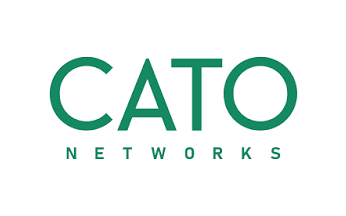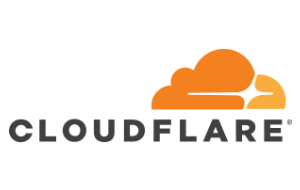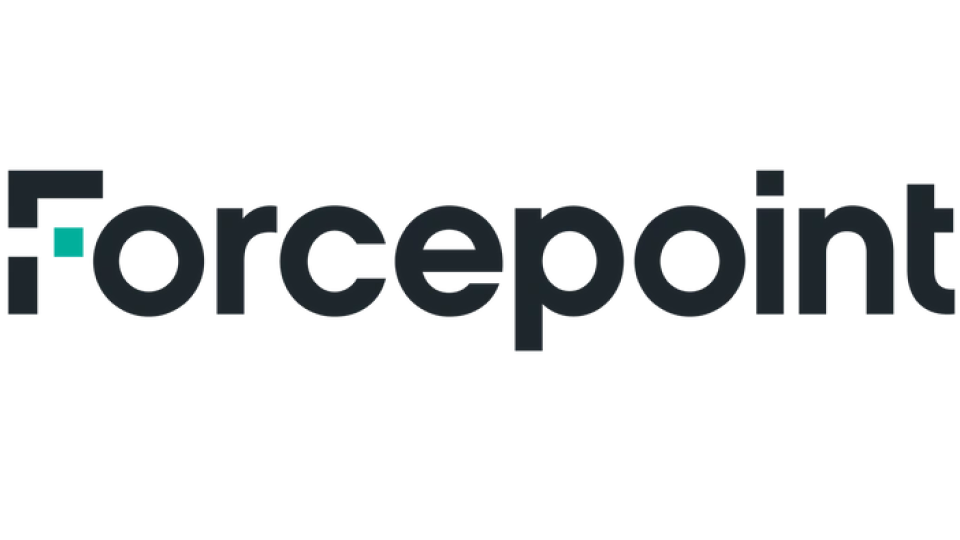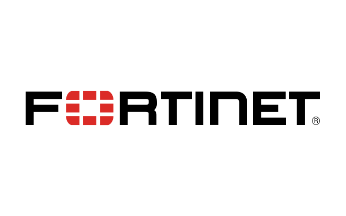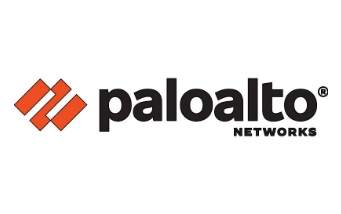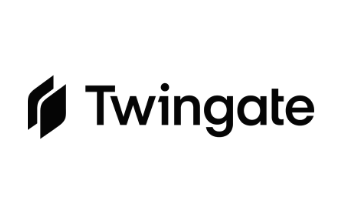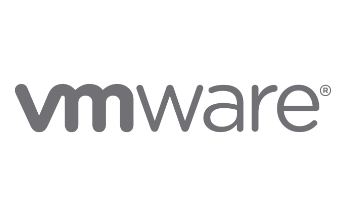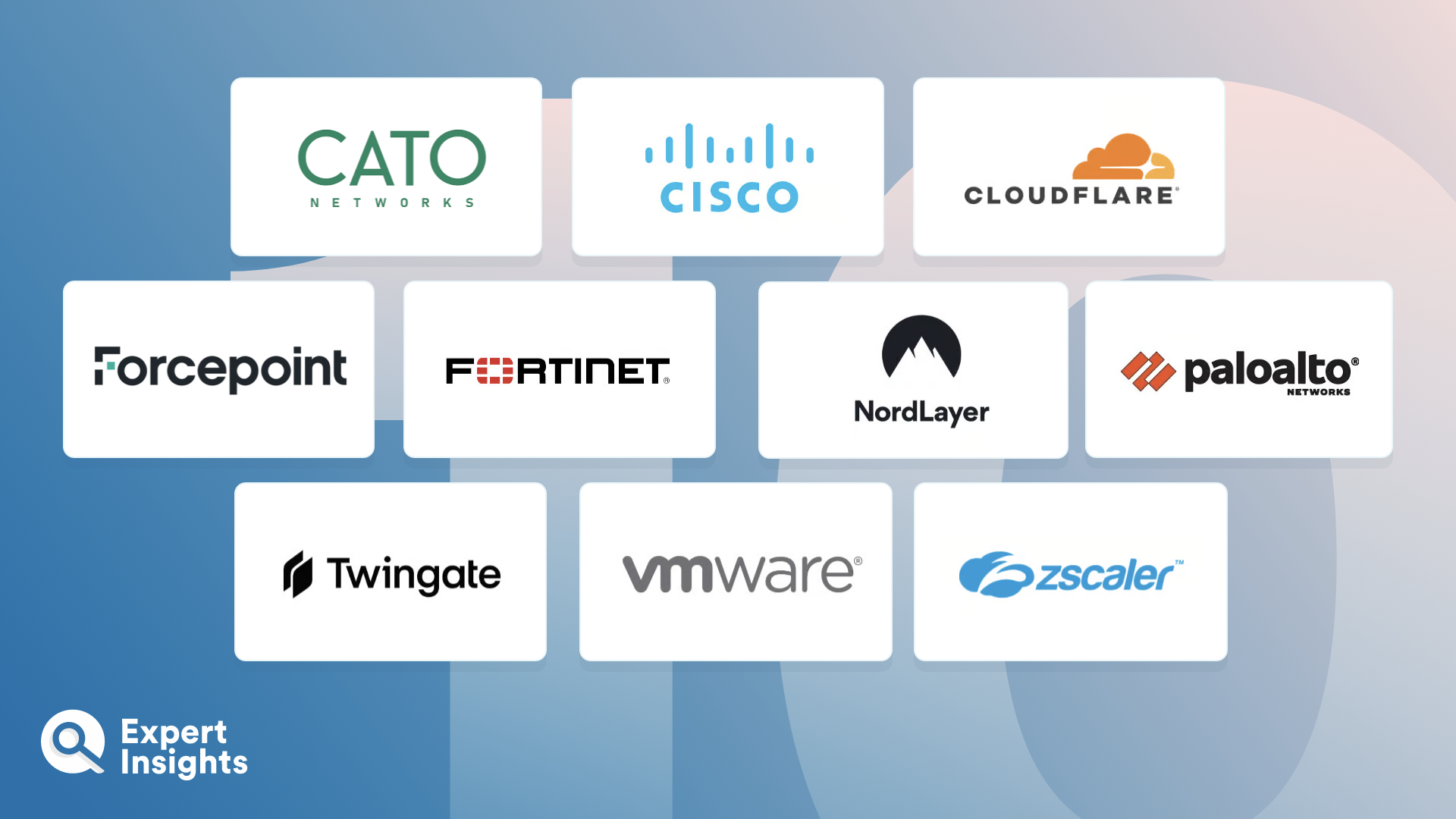Everything You Need To Know About SASE (FAQs)
What Is Security Access Service Edge (SASE)?
Secure Access Service Edge (SASE) is a cloud architecture model that delivers multiple network and security functions as a single, unified cloud service. This enables organizations to manage and secure all of their infrastructure—including both on-prem and remote endpoints—using the same networking and security policies.
To achieve this, SASE combines SD-WAN with security functionality—such as Cloud Access Security Brokers (CASB), Firewall-as-a-Service (FWaaS), Secure Web Gateway (SWG), and Zero Trust Network Access (ZTNA), amongst other threat detection and data loss prevention tools. Traditionally, security services such as these would be delivered to a data center and focus on protecting the network perimeter. However, as organizations globally have embraced cloud services, remote/hybrid work, and BYOD, the perimeter as we once knew it has all but vanished.
To solve this problem, a SASE architecture delivers its security and networking functionality as a single service at the network edge; i.e., as close as possible to the users and cloud services that it’s protecting. This enables organizations to deliver security in a universal, agnostic way to all of their endpoints, meaning that organizations that have adopted a remote or hybrid work model can ensure the security of users working remotely, just as easily as those in the office.
What Are The Benefits Of SASE?
There are numerous benefits to implementing a SASE architecture. Firstly, because SASE models are cloud-based, they are more dynamic and flexible that traditional models. They’re more easily able to scale to support changing business requirements, and adapt to the implementation of new technologies needed to combat an evolving threat landscape. Also, by leveraging the high availability of the cloud, SASE models offer high levels of performance, ensuring that both remote and on-prem users can connect to corporate resources quickly, whenever they need to.
Secondly, implementing a SASE architecture can reduce overall cost of ownership by consolidating various networking and security functions into a single, unified solution that can be managed centrally via a single administration system. This reduces hardware and WAN costs, and also makes it much easier for IT teams to manage their security policies, reducing the risk of human error.
Thirdly, and perhaps most importantly, SASE enables organizations to deliver consistent security to their entire network, no matter where the different components of that network are based.
What Are The Key Components Of A SASE Model?
There are five key technology components in a SASE architecture. These are:
- Software-Defined WAN (SD-WAN): SD-WAN technology helps organizations optimize connectivity across their network by managing traffic flows between the data center, cloud apps, the internet, and users’ endpoints, across large distances.
- Cloud Access Security Broker (CASB): CASBs provide visibility into—and security controls over—the cloud applications and services an organization is using, preventing data loss, malware infections, and regulatory non-compliance.
- Firewall-as-a-Service (FWaaS): A FWaaS is a next-generation firewall that’s deployed in the cloud. It delivers advanced application (Layer 7) awareness and control, access controls, URL filtering, DNS security, and intrusion prevention.
- Secure Web Gateway (SWG): A SWG monitors web traffic for risky, unauthorized, or malicious behavior and blocks any threats from entering the network. These may include phishing sites, malware, and viruses.
- Zero Trust Network Access (ZTNA): ZTNA is a technology that enables remote users to connect securely to network resources such as files, servers, and applications, by creating identity- and context-based boundaries between network assets or asset groups. This enables user access without exposing the organization’s apps to the internet, or giving users unlimited access to the whole network (as traditional VPNs do).
While these are the standard components of a SASE model, some SASE providers may offer additional security tools such as cloud email security, DNS filtering, and security service edge (SSE) capabilities. But no matter whether the provider offers simply the above components or any others, admins should be able to manage all components via a single, centralized management console, enabling them to deliver consistent security policies to all their users and endpoints.



